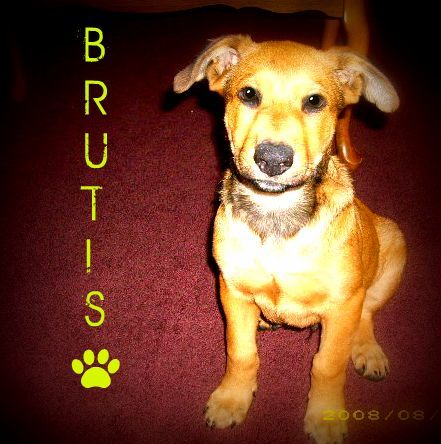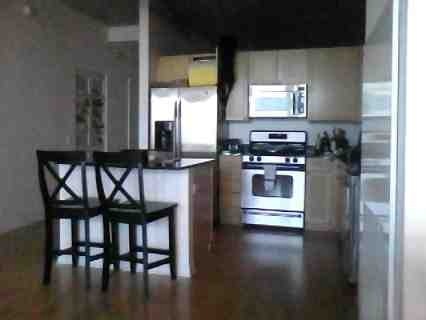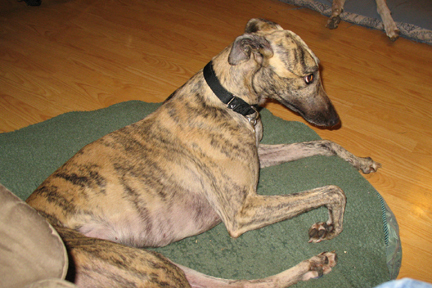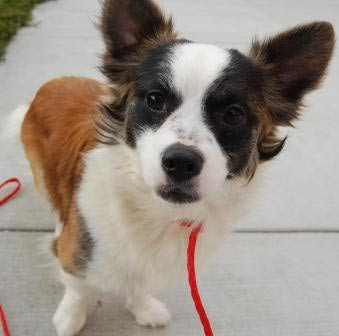QuestionQUESTION: We currently rescued a 2 and 1/2 year old spayed female Great Pyrenees. We already have a well mannered neutered male Pyr who is crate trained when we go out etc. The new female addition is causing no end to problems with crate training. We have no problem getting her in her crate and she eats all her meals in the crate. Everything is fine until we close the door. If eating she stops, if chewing a bone she stops. She looks at the closed door and starts to pant and drool uncontrollably. If we close the door and leave the room she howls and starts with the high pitched yelping. We have tried covering the crate - no joy. We have tried sitting in a chair adjacent to the crate and although she doesn't bark or yelp she still pants and drools. Open the door even 6 inches and she settles down and goes back to eating/chewing etc. We have tried correcting her and she stops, but restarts in a few minutes. If we go away for even a half hour, when we return we hear her through the front door barking and whining and when we check her crate there is drool everywhere. We go inside the room and wait until she settles a bit. Then open the door ever so slightly and she pays down and starts chewing her bone. It is obvious from checking the bone that she has not touched it while we were away. Adding to our dismay is the fact that we have very little background on the dog so we have no idea where the behavior came from. Other than this one issue, which is a serious one, she is a great dog. Please help. Any advice would be appreciated.
ANSWER: The dog certainly has a phobia, often it is from experience with small dog pens at the breeder, vet or otherwise coupled with some event that triggered the stress response.
There are two approaches, one being a desensitizing program of very short periods in the crate then slowly extending the time. THis can take a few weeks or months. Another approach is to leave the door open but move the dogs to an area where they can not get into trouble, ie an easily cleanable space. Leave the doors open for both dogs, and the new dog will begin to learn from the other dog that it is ok to be in the crate.
The crate serves as the dog's den. It's a safe place to be undisturbed, eat, sleep, chew bones, pplay with a toy. Observing the dogs determine when you can begin to close the door but not latch it, it pushed open by the dogs effort. It takes a lot of people time but the dog needs to feel secure and being around you helps that bonding. The breed usually needs a good exercise routine and play with smart toys that allow the dog to figure things out. No one should ever disturb the dog while it is in the crate, call the dog out so it exits on its own. That includes making noise on the crate as if to say Hi, time to wake up!
In the kennel, we have horse stall like doors, solid on the botton part and fencing on the top part. The dogs can't see each other unless they get above the bottom door, and look over the 4' high wall between runs. We have double fencing between runs, the walls are built on 2x4 framing and plywood covered by non chewable plastic and pieces of a former skating rink, a very tough plastic material. So the fencing on each run is separated by the 2x4 frame (3.5 inches) so all they can do is stand and look at their neighbor. So the dog can only be approached from the front so it feels secure knowing nothing is going to come from the side or back. I'm better as a carpenter than a mason, but concrete block half height walls and chain link above works well. This prevents kennel stress. Each has a standard dog door to go out to a spacious but private run that gives the dog the impression it is fully outside and is active to observe and wag at the other dogs. If you travel, stop by Purina Farms, about 30 minutes outside St Louis near 6 Flags park. Besides the gift shop, there is a large learning center and kennel.
Regards,
Henry Ruhwiedel
Westwind Kennels LLC
---------- FOLLOW-UP ----------
QUESTION: We have been working on her crate training for 4 months now. We have tried covering the crate with a sheet, uncovering the crate. Crating her where she can see the male, and where she cant see him. When we are home, the crate doors are both open (hers and the males), and he will migrate from one to the other - but she is not picking up on the fact that the crate is a nice place.
We have tried crating her when we are home, and when we are away, we crate them as well. When home, if we have the door open, she is fine - door is closed, and she flips out. When we have to go out, we shut the door, and she screams. It's not barking - it's like a panic bark/scream, very different from her guard barking.
Since we have someone home during the day, on most days, we have invested lots of people time to fixing this, but nothing seems to be working so far. Our dogs are crated in the house, in the *dinning room* (but we have no furniture since the 2 crates take up all the space). We've tried TV on, TV off, radio on, radio off...
As soon as the door closes, the panting/drooling starts, as well as the screaming. We have also tried rescue remedy (sprayed in the crate, and orally), as well as a herbal calmer (liquid).
AnswerOK, you've done all the things I recommended. Apparently the dog had a severly traumatic event while crated. I am currently working with a Beagle that was repeatedly tasered by some idiot kids while crated.
Have you tried to see what her reaction is to a kennel run, as it has a lot more space. We need to determine if the trigger is the close space of the crate, or not being able to get out; confinement vs clostrophobia.
I'm going on the assumption that the dog is crated because you don't want them wondering the house when you are away.
Regards,
Henry Ruhwiedel
Westwind Kennels LLC

 dog training.
Question
Brutis
I have a 6 month old german shepherd/la
dog training.
Question
Brutis
I have a 6 month old german shepherd/la
 dealing with a blind 5yr old Cavalier
Question
Skipper
I have a lovely, 5 yr old Caval
dealing with a blind 5yr old Cavalier
Question
Skipper
I have a lovely, 5 yr old Caval
 Dog jumps on counters, Refrigerator,cabinet tops when Im not home
Question
Bell
Hello,
I dont even know where to
Dog jumps on counters, Refrigerator,cabinet tops when Im not home
Question
Bell
Hello,
I dont even know where to
 Adult Greyhound Howling
Question
Lisette
Hello Kathleen,
Thank you for taking
Adult Greyhound Howling
Question
Lisette
Hello Kathleen,
Thank you for taking
 How do you feel about citronella collars?
QuestionPanda
QUESTION: I have a male Corgi mix,
How do you feel about citronella collars?
QuestionPanda
QUESTION: I have a male Corgi mix,